HarmonyOS NEXT Bids Adieu to Android
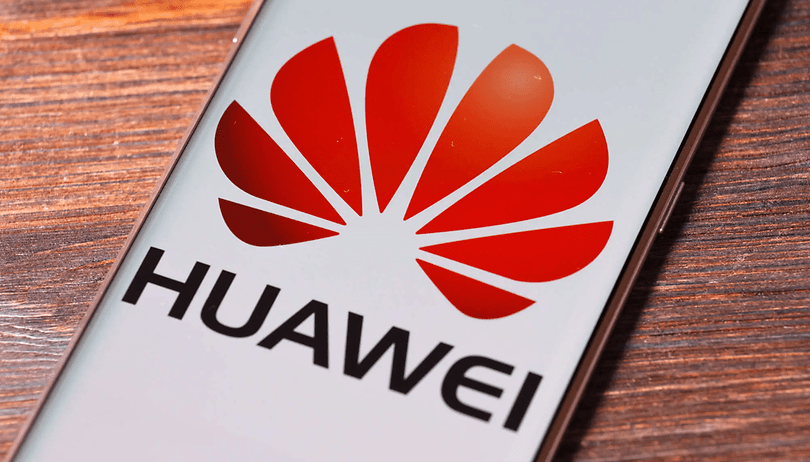

Read in other languages:
With HarmonyOS NEXT, Huawei has not only bid goodbye to Android but to the Linux kernel as well. In other words, Huawei has severed itself completely from its Android past having developed a completely independent operating system. It is unlikely to be installed on smartphones, tablets, and notebooks outside of China due to the lack of app availability.
This has been a long time in coming, seeing Huawei's strained relationship with Android over the years due to a US embargo. The company's HarmonyOS has been a so-called Android fork, flying the flag high for the Chinese company. While Google's open-source operating system is still used as the base, the company's proprietary services have been removed, which is similar to Amazon's Fire OS.
Dropping a bombshell, Huawei presented a new version of its operating system at its HDC2024 developer conference. This operating system is based on its own kernel as reported by Gizmochina. The Linux kernel, which is used by Google as the base for Android and ChromeOS, also features in the current HarmonyOS, but that will be no more.
Huawei will replace it with the internal Hongmeng kernel, arriving in the guise of HarmonyOS NEXT. In other words, HarmonyOS NEXT is built upon a completely new operating system that, according to Huawei, offers 30% more performance and reduces power consumption by 20%.
The operating system is not only intended for smartphones but is also expected to be used on various devices. Besides smartphones and tablets, it could also be used on notebooks in China in the future. This is because American manufacturers of CPUs and operating systems are increasingly regulated by US trade restrictions.
Huawei promises developers their apps will automatically adapt to different screen sizes. With the "App Continuation" function, applications can be transferred from one device to another with a single tap. Exchanging data is also said to be just as easy. For instance, users can crop an image on their smartphone and paste it onto their tablet.
Artificial intelligence in HarmonyOS NEXT
Like Apple's and Google's existing operating systems, Huawei also relies on artificial intelligence in HarmonyOS NEXT. According to reports, an AI image generator and sound correction will be implemented. The virtual assistant, Xiaoyi, has been improved using Pangu Big Model 5.0. It not only analyzes content on the device but also helps to enhance it. One practical use is having it generate summaries or images from text. It can also identify images and help people with disabilities recognize their surroundings.
HarmonyOS NEXT also places great emphasis on security. Applications and codes that do not meet the required standards will not be installed. Data is encrypted and stored on the respective device while remaining encrypted for end-to-end transmissions from one device to another. Apps should only be able to access the resources they require.
What does HarmonyOS NEXT means for those outside China?
The new Huawei operating system is currently still in the beta stage and is allegedly being tested by 3,000 testers. An official release is planned for the fourth quarter of this year. Initially, HarmonyOS NEXT will most likely remain exclusive in China.
The lack of an Android base further increases its incompatibility with existing offerings. Apps would have to be specifically developed for the operating system or made available through emulation. In Europe, however, users have already resorted to tricks when installing apps from the Play Store on their Huawei smartphones and tablets.
Do you think you will pick up a Huawei smartphone based on its hardware alone, knowing it does not support Google Play apps? Please let us know your thoughts in the comments.









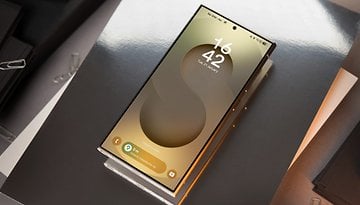
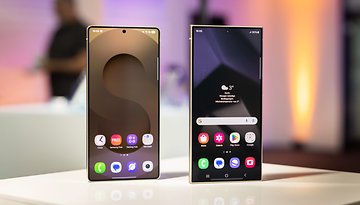


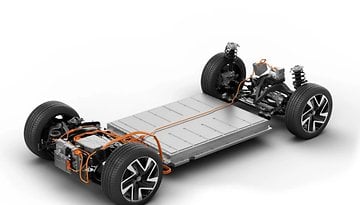


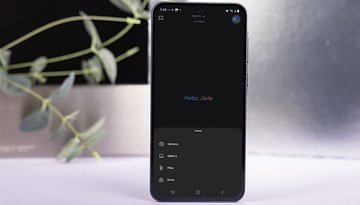
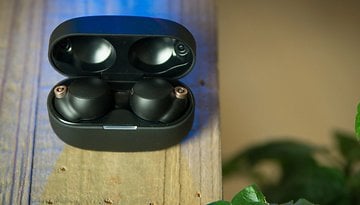


It's a shame what Huawei has become, in part thanks to the CCP spying (not that the U.S. or other governments don't!). I had 3 of their phones. Mate 2, 8,9. All were excellent, NEVER had an issue with any of them, but when the embargo started, the updates stopped and I had to ditch the 9.
-
Admin
-
Staff
7 months ago Link to commentI have the impression that Honor phones are still pretty much the successors of the former Huawei.
Not really sure how they are dealing with the updates side, but as far as the interface, MagicUI is pretty much like EMUI/Harmony